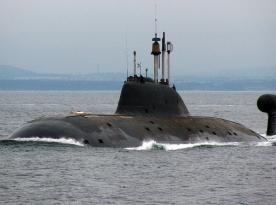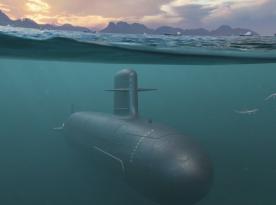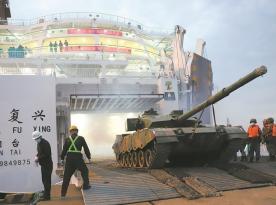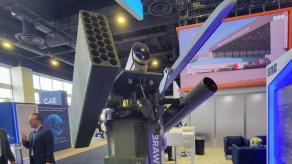China has commissioned the Fujian aircraft carrier, nearly 10 years after construction began and three years after it was launched. The official ceremony took place on September 5, but the information has only just been released.
The Chinese Navy now has three aircraft carriers in service, with the Fujian standing out from its predecessors by completely moving away from the Soviet designs China initially relied on.
Read more: U.S. Navy Set to Seal Massive Deal for 15 Nuclear Submarines Worth 10 of Billions Aiming to Boost its Underwater Dominance
The first Chinese aircraft carrier, Liaoning, was a Soviet vessel (Project 1143.6). It was 33% unfinished when China purchased it from Ukraine in 1998, originally intended to be converted into a hotel and tourist attraction. The Shandong, the second Chinese carrier, follows the design of the Liaoning.
Fujian is a Chinese solution that clearly copies American developments and ideas. In particular, it uses a new type of catapult instead of a springboard—an electromagnetic instead of a steam-powered one.
This type of catapult allows for smoother acceleration of the aircraft without creating critical loads. It also features adjustable settings and can be adapted for different types of aircraft. Potentially, it also allows aircraft to be launched more frequently than a steam catapult. However, the ski-jump used on China's two older aircraft carriers, as well as on the only Soviet Admiral Kuznetsov carrier now operated by russia, imposes significant limits on the maximum take-off weight of aircraft.
This makes Fujian the second aircraft carrier in the world with an electromagnetic catapult after the American Gerald R. Ford (CVN-78), which joined the U.S. Navy in 2017. The second aircraft carrier of this class, John F. Kennedy (CVN-79), is expected to be delivered in 2027.
However, China is already slightly ahead of the U.S., as the Fujian's air wing is expected to include the fifth-generation J-35 fighters, while the Gerald R. Ford currently operates F/A-18E/F aircraft.
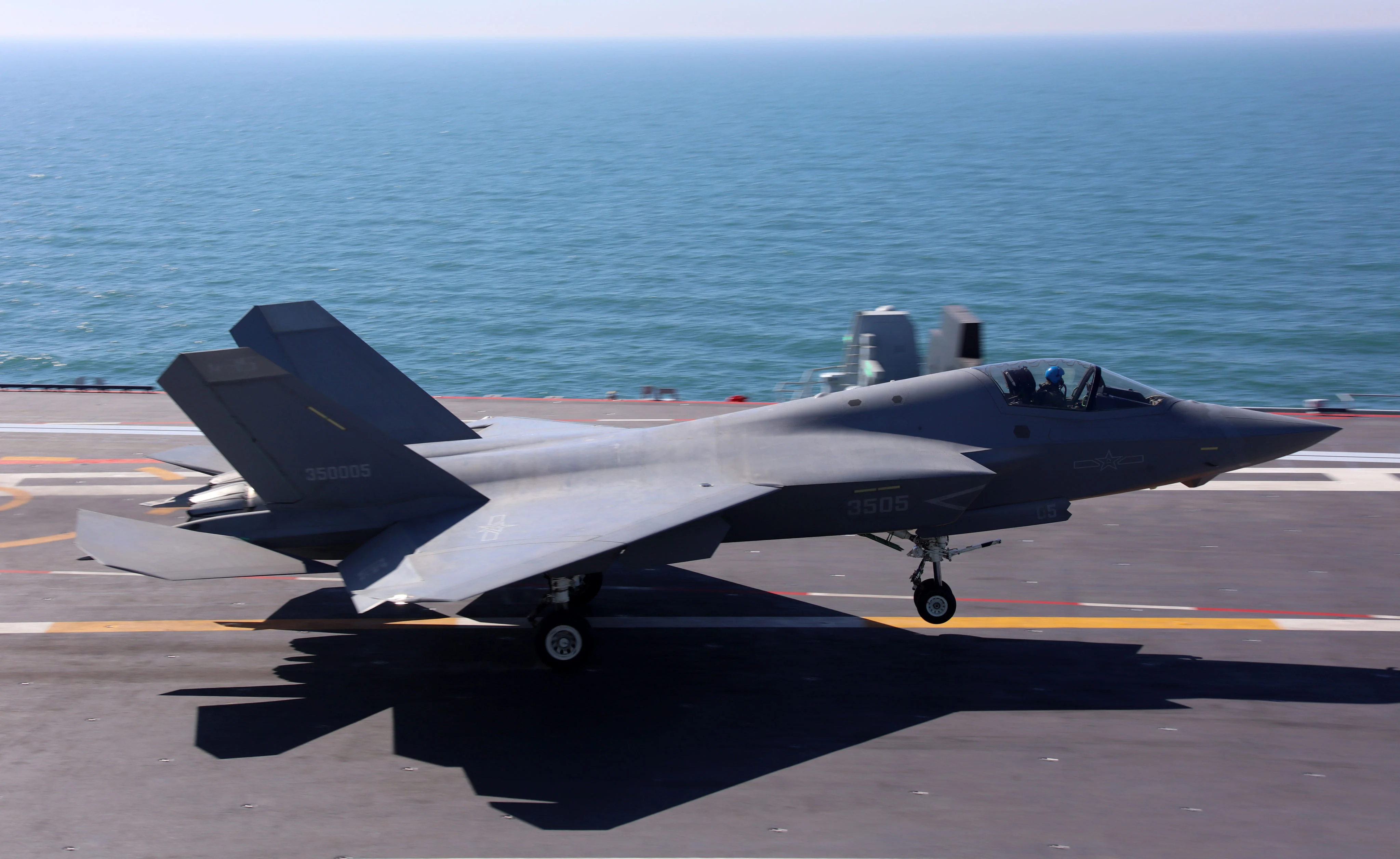
At the same time, Fujian is smaller in size, with an estimated displacement of up to 85,000 tons and a length of 316 meters. The USS Gerald R. Ford has a displacement of 100,000 tons and a length of 333 meters. The size of its air wing has not been announced, but estimates suggest it could carry approximately 40-60 aircraft.
In particular, Kitty Hawk–class aircraft carriers, built in the 1960s, had similar dimensions and comparable air wing sizes. At the same time, the USS Gerald R. Ford has an air wing of more than 75 aircraft.
Read more: China Hides Air Defense Systems in Concrete Bunkers with Sliding Roofs to Counter U.S. Barracuda Missiles





